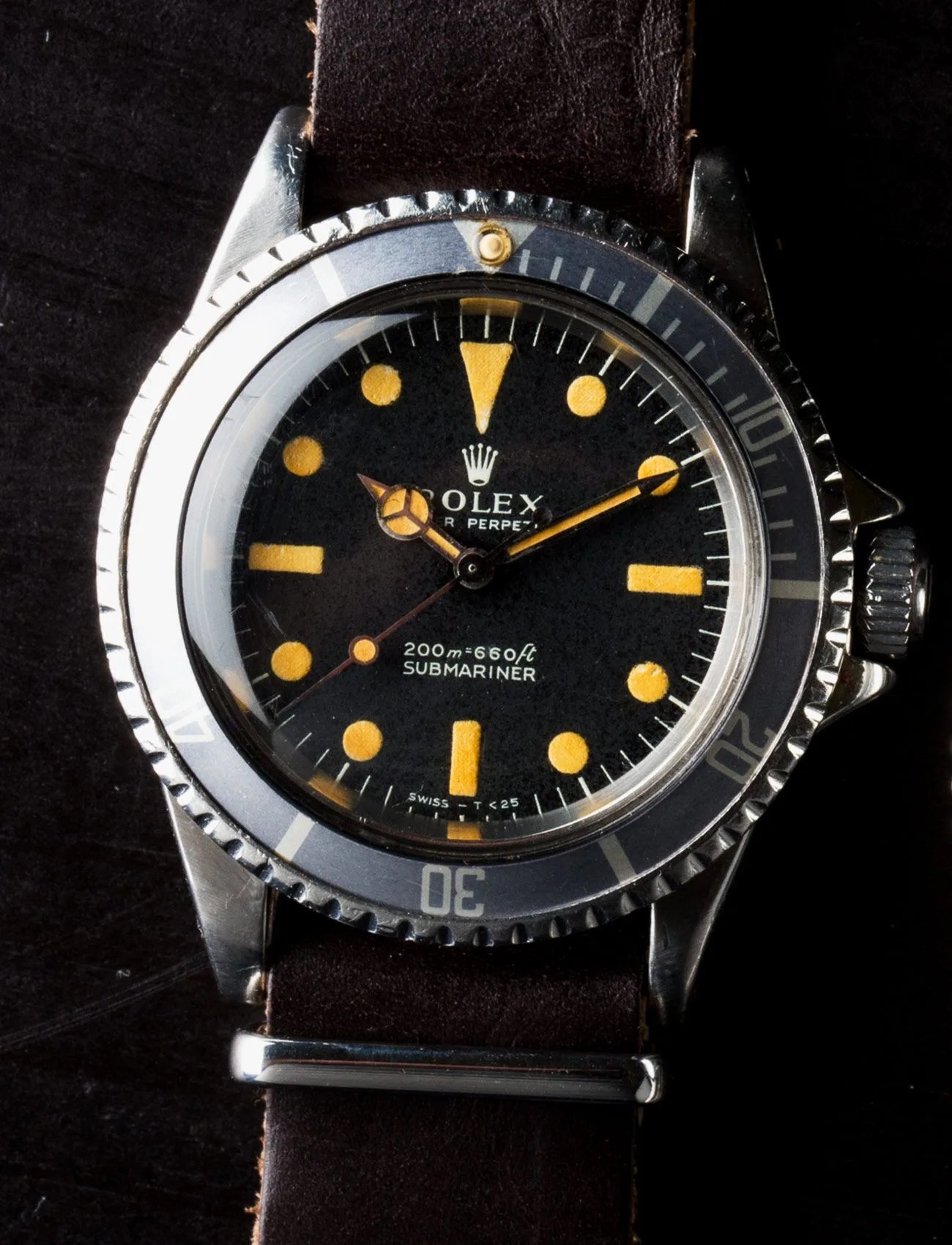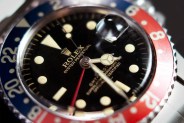Back in 2011 a Rolex 6062, a sought-after gold-cased calendar watch, sold for well over half a million dollars at Christie’s. In addition to being a rare watch, the piece was notable for its case which was so incredibly oxidized it barely looked like it was made of gold at all. Two weeks earlier, Sotheby’s sold the very same reference but with a shimmering gold case that, on the surface, looked like it was in better condition. It sold for $62,500.
Why did the oxidized case sell for literally hundreds of thousands of dollars more? There could be a few factors, but one of the biggest was the fact that the oxidized case showed pretty clearly that it hadn’t been polished. According to Christies and the vintage watch collecting community at large, polishing a case is about as big of a no-no as you can possibly get. Vintage watches are increasingly being viewed as having the same collectability and stature as art pieces or classic cars, and in both these areas, originality is king.
So what about case polishing, in particular, is so egregious? According to vintage watch dealer Eric Wind, “I advise people to not have their watches polished or buffed since it ends up removing metal and changing the architecture of the case.” Polishing, naturally, removes metal that you can’t really add back. Unlike replacing original parts, there really isn’t any opportunity to reverse it, save for laser welding metal back on to the case, Wind says.
Moreover, collectors don’t like when an original case’s lines are altered and softened. “Compare a Rolex Submariner from the 1950s or 1960s with an unpolished case versus the vast majority with polished cases — you can see the remarkable “bevels” or “chamfers” on the edges of the lugs that add some design interest as part of the architecture of the cases, like the smooth lines and unusual design elements of vintage sports cars,” says Wind. “Even today, polishing more modern watches ends up softening the edges and making the watch look less crisp.”

Part of the problem with polished watches coming on to the market, according to Wind, is that case polishing has become a standard practice by manufacturers servicing newer watches. While you can try to specify not to have that work done, Wind says that, in some cases, those requests can go ignored or forgotten. If you want to retain as much value of your watch as possible, you can work with an independent repair shop that will more likely heed your demands to leave the case unpolished. “With service centers, their goals are timekeeping and water resistance and aesthetics are an afterthought…for collectors, the case and the dial are everything,” says Beau Goorey, head of LA Watch Works, a watch service center that primarily specializes in the case refinishing of vintage Rolexes.


